Keywords: Graphite Products, Graphite Crucible, Graphite Mold...
Keywords: Graphite Products, Graphite Crucible, Graphite Mold...
Mold is the most basic process equipment in industrial production. In the current industrial product production, product parts are widely used stamping, forging, die casting, extrusion, plastic injection or other forming processing methods, matching with the forming mold to make the blank Formed into parts that meet product requirements. The various tools and products used in our daily production and life range from the base of the machine tool and the shell of the machine body to the shell of a screw, button and various household appliances, all of which are closely related to the mold. The shape of the mold determines the shape of these products, and the processing quality and precision of the mold also determine the quality of these products. In recent years, the mold industry has developed rapidly. Graphite materials, new processes and increasing mold factories are constantly impacting the mold market. With its good physical and chemical properties, graphite has gradually become the first choice for mold making.
For continuous casting and semi-continuous casting of non-ferrous metals
In recent years, advanced production methods such as direct continuous (or semi-continuous) production of rods or pipes from molten metal are being promoted at home and abroad. Domestically, this method has been adopted in copper, copper alloy, aluminum, aluminum alloy and so on. Artificial graphite is considered to be the most suitable material as a mold for continuous casting or semi-continuous casting of non-ferrous metals. Production practice proves that due to the use of graphite mold, due to its good thermal conductivity (the thermal conductivity determines the solidification speed of the metal or alloy), the mold's self-lubricating performance and other factors not only increase the mold speed, but also due to the size of the ingot Accurate, smooth surface, uniform crystal structure, can be directly processed in the next procedure. This not only greatly improves the yield rate and reduces the loss of waste products, but also greatly improves the quality of products. There are two types of continuous casting methods: vertical continuous casting and horizontal continuous casting.
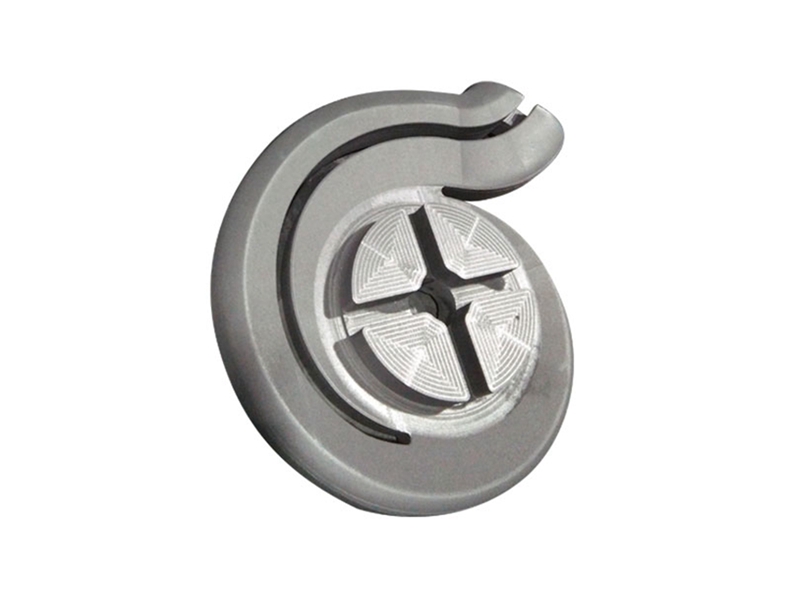
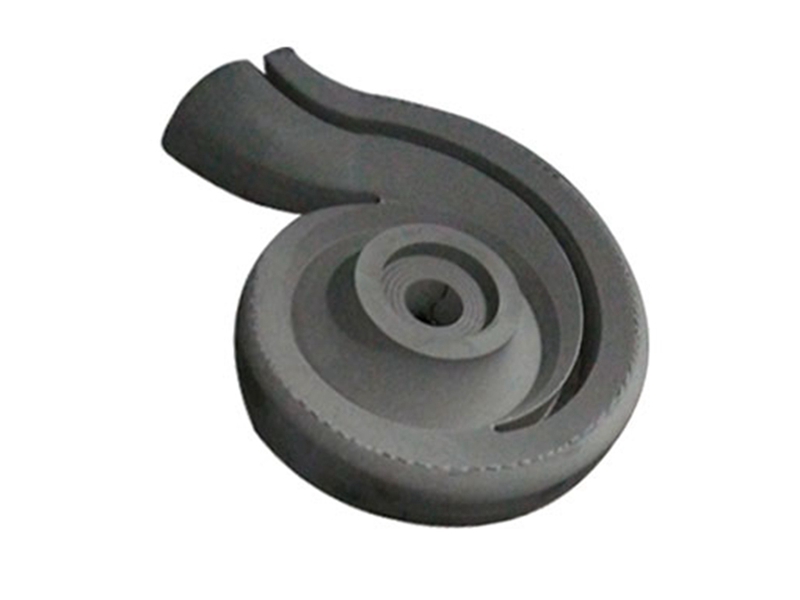
Dies for pressure casting
Artificial graphite materials have been successfully used for pressure casting of non-ferrous metals. For example, zinc alloy and copper alloy castings produced by pressure casting molds made of artificial graphite materials have been used in automobile parts, etc.
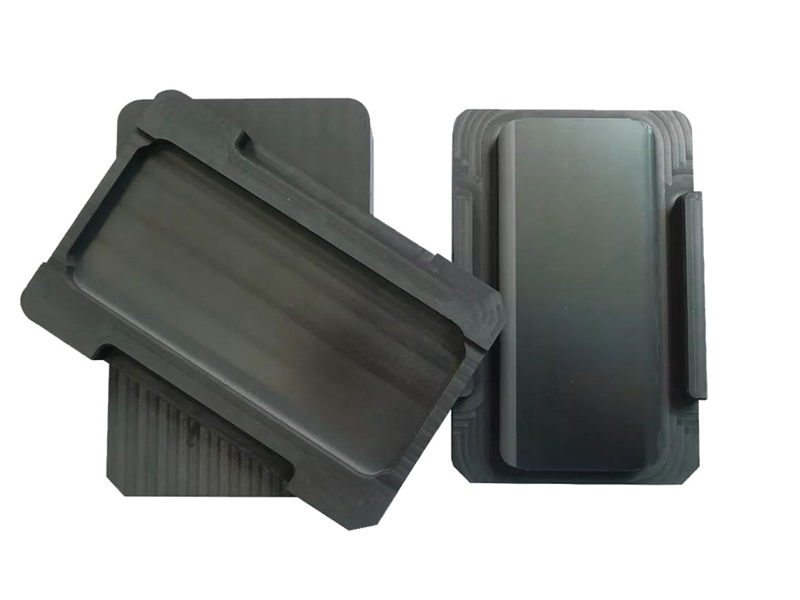
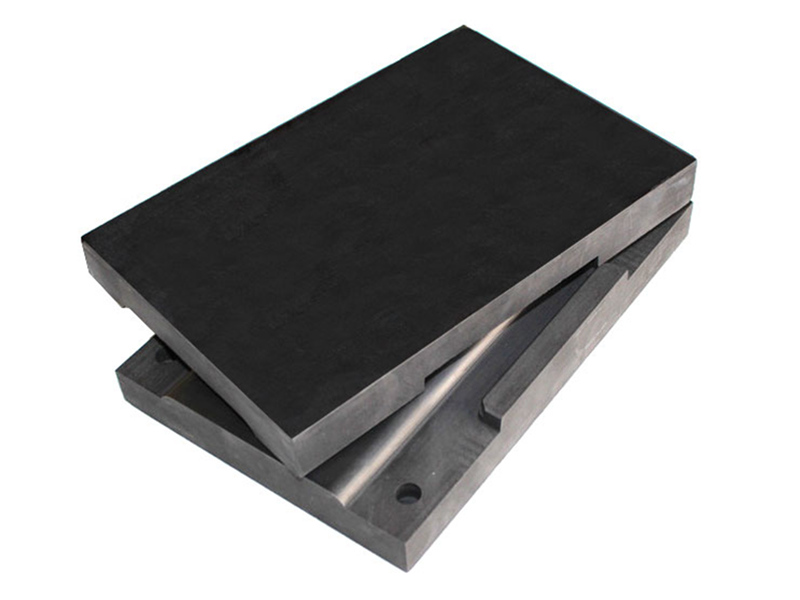
Graphite mold for centrifugal casting
Graphite mold has been successfully applied to centrifugal casting. The United States has used artificial graphite casting molds with a wall thickness of more than 25 mm to centrifugally cast bronze bushings. In order to prevent the artificial graphite mold from burning, certain anti-oxidation measures can be taken. After casting a certain number of castings, if it is found that the inner surface of the mold is burned, the size of the inner hole of the mold can be enlarged to be used for casting large-size casings.
Hot pressing die mold
The artificial graphite hot-pressing die used in the pressure sintering of cemented carbide has the following characteristics: First, if the pressing temperature is increased to 1350-1450 degrees, the required unit pressure can be reduced to 67-100 kgf/cm2 (That is, 1/10 of the cold pressing pressure); the second is that pressing and heating are performed in the same process, and a compact sintered body can be obtained after a short time of sintering.
Glass mould
Graphite materials have chemical stability, are not easily infiltrated by molten glass, and will not change the composition of glass. Graphite materials have good thermal shock resistance and small changes in temperature with temperature. Therefore, they have become indispensable molds in glass manufacturing in recent years. Material, it can be used to make glass tubes, elbows, funnels and other molds for various shaped glass bottles.
Sintering dies and other diamond sintering dies
Taking advantage of the extremely small thermal deformation of artificial graphite materials, sintering molds and brackets for transistors can be manufactured, which are now widely used. It has become an indispensable material for the development of the semiconductor industry. In addition, graphite molds are also used in casting molds for cast iron, durable casting molds for various non-ferrous metals, casting molds for cast steel, casting molds for heat-resistant metals (titanium, zirconium, molybdenum, etc.) and aluminum for welding rails. Hot-welded molds, etc. Graphite molds for hot-pressed sintered diamond tools bear the dual roles of heating element and mold support in the diamond tool manufacturing process. The quality of graphite molds directly affects the dimensional accuracy and appearance of diamond tools. Hot pressing sintering process requirements: temperature reaches (1000 ± 2) ℃, molding pressure 16 ~ 50MPa, insulation pressure holding time is 15 ~ 30min, the environment is non-vacuum state. Under this working condition, not only the graphite mold of the forming and heating element is required to have electrical conductivity, high resistivity, and sufficient mechanical strength, but also it needs to have good oxidation resistance and a long service life to ensure diamond The dimensional accuracy and excellent performance of the tool. At present, graphite mold materials for diamond tool manufacturing in western developed countries are mainly graphite materials with ultra-fine particle structure, high purity and high graphitization degree, and their average particle size is required to be less than 15μm, even below 10μm, and medium pore size is less than 2μm. The graphite mold made of this carbon raw material has small porosity, dense structure, high surface finish, strong oxidation resistance, and an average service life of 30 to 40 times. Diamond molds require high hardness, good oxidation resistance, and high processing accuracy. The use of high-quality graphite raw materials greatly extends the service life of the mold and improves its oxidation resistance.
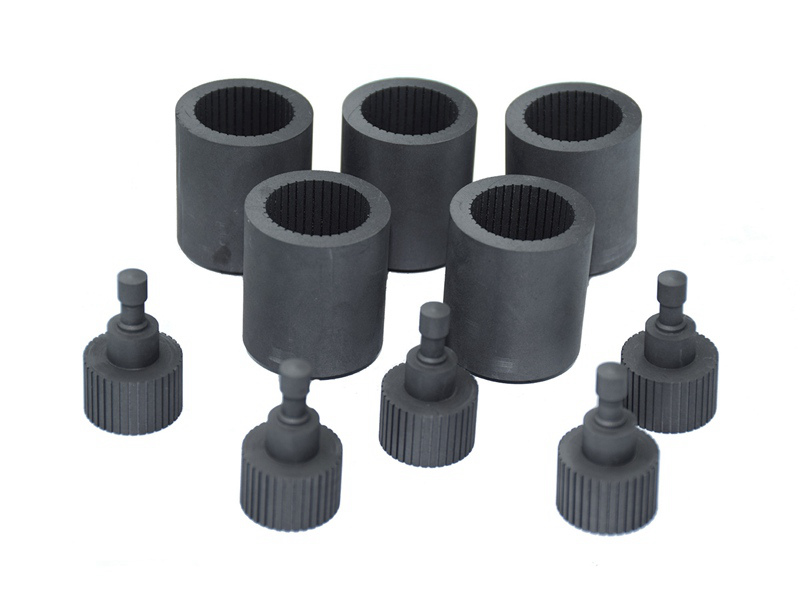

EDM processing
Moulds are increasingly becoming the main process equipment for industrial mass production in the fields of household appliances, automobiles, electromechanics, aerospace and other industries, and undertake the processing and production of 60%-90% of product parts in these industries. In recent years, high-speed milling has broken through the limitation that traditional milling is difficult to process high-hardness, high-strength, high-toughness mold materials. However, EDM has the advantages of high processing accuracy and high surface quality, and a wide processing range, especially in the processing of mold cavities of complex, precise, thin-walled, narrow slits, and high-hard materials, which is unmatched by high-speed milling. EDM will still be the main means of mold cavity machining. Graphite electrodes (compared to copper) have the advantages of low electrode consumption, fast discharge machining speed, good machining performance, light weight, and small thermal expansion coefficient. They gradually replace copper electrodes and become the mainstream of electroprocessing electrodes. Compared with copper, graphite electrodes have the advantages of low consumption, fast discharge speed, light weight and small thermal expansion coefficient. Therefore, they gradually replace copper electrodes and become the mainstream of discharge machining electrodes.